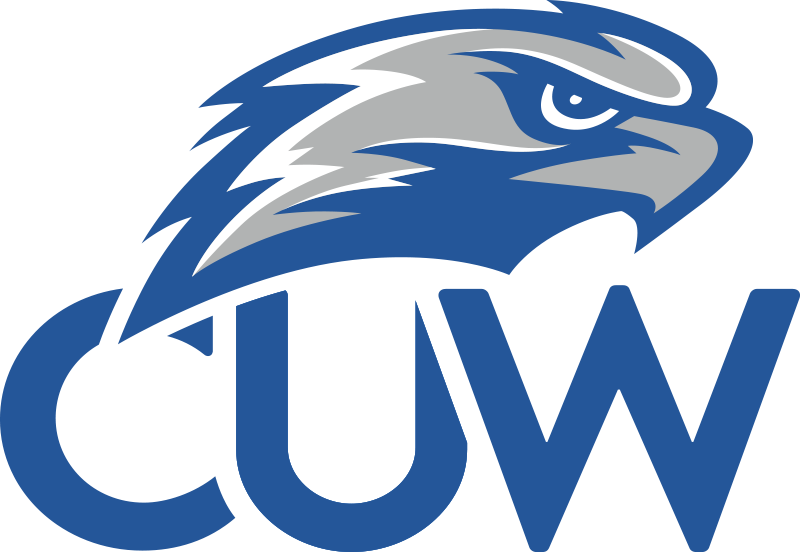1) A new best region?

For as long as any of us can remember, the Michigan Region has owned the NCDA. With 12 of the 15 college dodgeball national titles going to a Michigan school, not to mention most of the Final Four each year consisting of Michigan teams, the region’s success could be categorized as nothing short of ‘dominance’. But, that all might be changing. Sure, it took 1.5 years off from NCDA Dodgeball thanks to a worldwide pandemic, but it certainly feels like the gap has closed.
A quick glance at the latest power rankings is all one needs to realize there might just be a new sheriff in town. The Ohio Region has the top 2 teams in the country, 4 of the top 8, and 6 of the top 13. With Ohio State and Cincinnati holding the top 2 spots in the PR, and Akron (beating then-undefeated MSU last month) showing flashes of excellence, it seems like Ohio has the best trio of teams of any region. Add on to that the depth in the state with BGSU, CSU, and Ohio all proving to be respectable teams already this year, the Ohio region isn’t just great at the top, it’s also the deepest region.
There have been a few seasons in the past where people started talking about this gap between Michigan and everybody else starting to close, but by the end of the season, the schools up north put that rumor to rest with strong performances at Nationals. Bottom line is, this year feels different. The Michigan Region hasn’t had this poor of a fall semester in over a decade. GVSU and MSU certainly are both title contenders, but SVSU has taken a step back, and CMU and WMU are scratching and clawing just to make the top 20 power rankings right now. At this point in the season, it is hard to argue that the Ohio Region is not the best in the NCDA.
2) The jury is still out on Towson, East Coast

One of the many drawbacks of the shortened fall semester this year was the lack of inter-region competition, especially from East Coast teams. Look, Towson is undefeated and looks legit. At the halfway point in the season, they are clearly the class of their region, but there isn’t enough data out there to truly judge where they stand nationally.
Sure, we got to see James Madison face some Midwest teams (losses to #1 OSU, #2 UC, and #5 GVSU… ouch.), but that isn’t enough to really gauge where the East Coast stands. Did JMU have a full roster that day? How would Towson or Penn State have fared with a similar schedule? What would JMU have done against a bit less of a gauntlet of opponents that day? Would any of those results been different had an East Coast team hosted the tournament? These are the questions that we are forced to overanalyze since, outside of that trek made by the Dukes in November, we haven’t seen any other East Coast team face an opponent outside of their own region!
The second half of the season will provide many opportunities for us to see some inter-region games. Maybe Towson and Penn State should be given the respect in the PR that we are giving to Ohio’s top two (Ohio State and Cincinnati). Maybe JMU with their full roster is a Final Four level team. Maybe Virginia, Maryland, and VCU make up the deepest region in the country, rather than the Ohio schools. One thing is a guarantee, we will know a lot more about where these East Coast teams stand in a few months.
3) There’s gonna be a lot of upsets at Nationals
So far in the 2021-22 season, we’ve seen 18 technical upsets in 66 total ranked matches according to our Gonzalez System. That’s good for a 72.73% success rate, which is significantly lower than the overall success rate of the system, which is just over 80%. Safe to say, lower ranked teams are defeating higher ranked teams at a higher rate this year than in years past.
Those stats only tell part of the story as far as I’m concerned. Another thing to consider, as mentioned in the East Coast section above, we haven’t seen as many inter-region clashes as in years past. Come Day 1 of Nationals, we will see a lot of very interesting matchups with plenty of upset potential. And, with fewer matchups played this year than in pre-COVID seasons, the final standings used to produce the seeds for the Nationals bracket may be a bit wacky.
Historically, we see the chalk clean up in NCDA bracket play, with the higher seeded teams usually making quick work of the underdogs, especially in the early rounds. The way this year has gone so far, we might see a break from that trend, and get a few more upsets than usual at Nationals.

























